From airport terminals decorated like Starbucks to the popularity of hair dye among teenage boys, one thing is clear: we have entered the Age of Aesthetics. Sensory appeals are everywhere, and they are intensifying, radically changing how Americans live and work….Aesthetic pleasure taps deep human instincts and is essential for creativity and growth.
—Virginia Postrel, The Substance of Style: How the Rise of Aesthethic Value is Remaking Commerce, Culture and Consciousness.
This desire “aesthetic pleasure” has given us “designer” toilet brushes, “designer” kitchen gadgets, even “designer” (sized-to-fit, no less) condoms. These products flaunt their utter designer-ness.
And now, dear readers, we have this, from our very own “designer” department store: Target.
I love Target. I love the store, I love the products, I love the stock. It wasn’t always Tarjay, however: the company that created Target was originally named the Dayton-Hudson Corporation. You remember them, don’t you? They are the owners of such fashionable hotspots as Marshall Field’s, Mervyn’s and of course, Dayton’s and Hudson’s. It actually wasn’t until 2000, two years after the corporate revenues topped $30 billion and the stock split three times, that the company officially changed their name (and their stock index) to Target.
Target was launched in 1962 as “a new idea in discount stores.” Though Target was the company’s top producer by 1979, this new idea didn’t fully take shape until 1994, when Bob Ulrich, Chairman and CEO of Target, began to see that design could make a difference and launched his now famous “Power of One” and “Speed is Life” business philosophies.
This is the “text” from their new ad:
Design inspires
Design shapes
Design shines
Design creates
Design transforms
Design moves
Design fits
Design protects
Design comforts
Design colors
Design unites
Target is now a veritable mass market designer hothouse, with items from Michael Graves, Mossimo, Isaac Mizrahi, Amy Coe and Cynthia Rowley. However, they discontinued their Phillippe Starck line. Karim Rashid told me that it was a financial disaster. Which got me thinking: Is Target only committed to profitable design ventures? Should they be offering more “risky” design options if they are truly committed to design? Are they “mainstreaming” design? Are they commodifying design? Could they be “dumbing down” design? Could this be designer manipulation? And does that matter? Should this be something that bothers us?
***
Thank you to E. Tage Larsen for the idea and inspiration for this discussion.






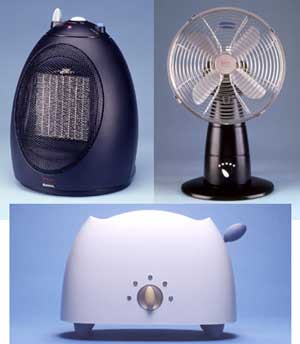
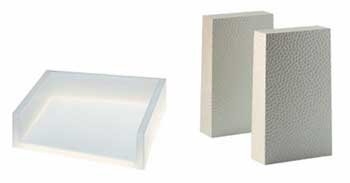
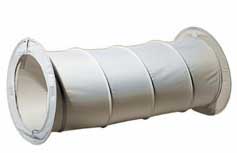
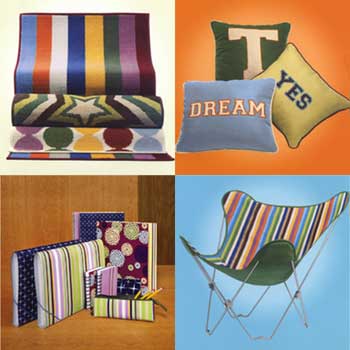
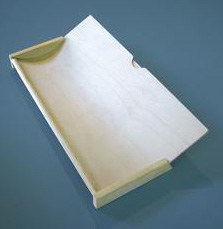



I love this ad simply because it defines the very purpose of design (to me): to look good and be usefully functional at the same time.
I'd like to spin a question off from one of Debbie's. What does "truly committed to design" mean? Offering money-losing products that look great hardly fits that bill. If the Starck line didn't sell, then it should be discontinued. "Profitable" could be used interchangeably with "successful", and that's an acceptable benchmark for a retailer. They are not the Museum of Modern Art, whose purpose is to provoke and suggest new forms and ways of seeing. Target's goal is to offer up products that succeed on two fronts: 1) they are visually interesting and unique, 2) they are suitably functional so people will use them and want them.
"Dumbing down of design" would mean they are developing lines of products that aren't unique. "Dumbing down of design" is the new VW Jetta, genericized to blend in with the Camrys, Accords and Tauruses of the world. "Dumbing down of design" is not a whimsical tea kettle or a low-cost, nicely designed sweater. "Dumbing down of design" occurs when you underestimate your customer and aim to the lowest-common denominator. Target is not "dumbing down" design.
On Feb.01.2005 at 10:13 AM